In our ongoing Meet-The-Artist series, Chicago-based artist Robert Earl Paige answers 16 questions and provides some insight on his process and history. He will be one of the artists in the 2024 Design Triennial at Cooper Hewitt, Smithsonian Design Museum opening in November in New York City.
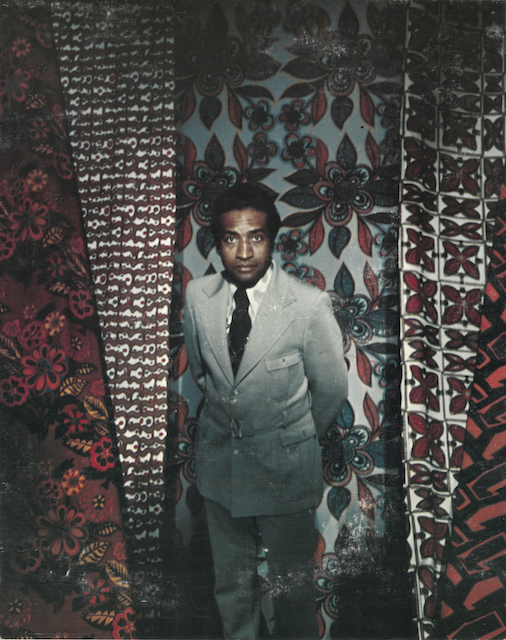
1. How would you describe your art?
I think of myself as a minimalist, but after this latest project, I’m a maximalist. This means that I use everything possible on the palette. I’m a doodler, dabbler, and a tinkerer. Most of my designs come from a rich imagination and everything that I see and everybody that I know.
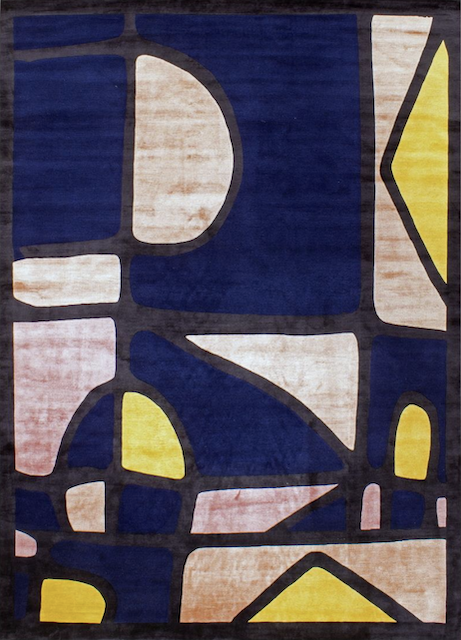
Opulence, Tibetan Rug, Hand-Knotted Wool
2. Where are you based, and does your location have any influence on your art?
Based in Chicago, the city has had a tremendous amount of influence on my work. Everyone was all geeked up about the ‘60s and ‘70s in the Black Arts movement. I was right in the middle of that, because at that point, there were so many wonderful things going on. Dr. Margaret Burroughs, who started the DuSable Museum of African American History, and the Association for the Advancement of Creative Musicians served as motivation for my work.
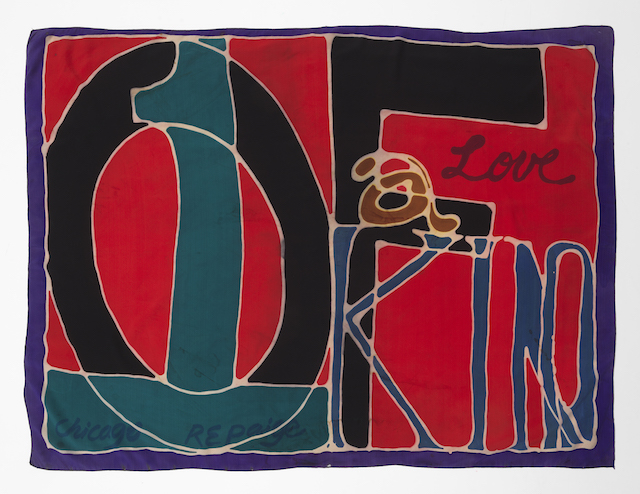
Love, Hand-Painted and Dyed Batik Silk Crepe
3. Did you know you wanted to be an artist as a child, and did you go to art school? If not, how did your art path develop?
I think the bug bit me when I was very young. My mom used to say “Bobby, stop bringing things and putting them in that dresser drawer.” I think I was advanced and did not know about Rauschenberg’s Readymade, but that was the beginning of it. A lot of the exhibition that’s here at the Hyde Park Art Center has to do with collages. I’m a graduate of the Art Institute of Chicago. I was working at Skidmore Owings and Merrill (SOM), the architectural firm here that did the John Hancock Building and the Air Force Academy in Colorado Springs. I’d constantly been telling this one architect that I was going to go to the Art Institute. He said, “Just shut up, and one day end up in there and tell me about it.” And so, I got there and studied interior design. Later on, I found that it didn’t fit, and I switched over and took a pattern class, and that really was the impetus for my getting into textiles.
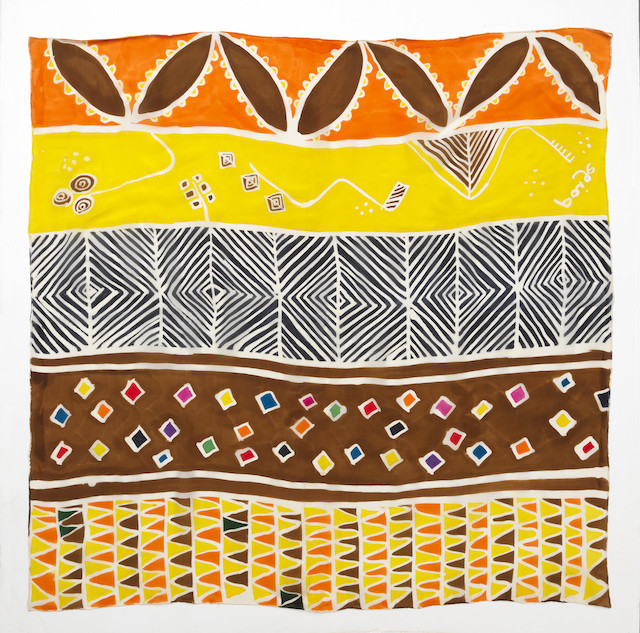
Land of Mali, Wall Art Textile
4. What is your perspective on museums and galleries in 2024? Can they be improved, and if so, how? Do you have a favorite museum?
In relation to museums, I think Chicago is the broad brush that often features Black artists on a permanent display. We have Alma Thomas, who had an exhibition at the Whitney. She was 86-years-old, but her things don’t come out unless we have Black history or something to that point. Those [galleries] are very sparse. You think about the Studio Museum in New York City and this is broad, but I’m sure there are others. Very rarely do you find one, in my opinion, that is interested in promoting lesser-known artists.
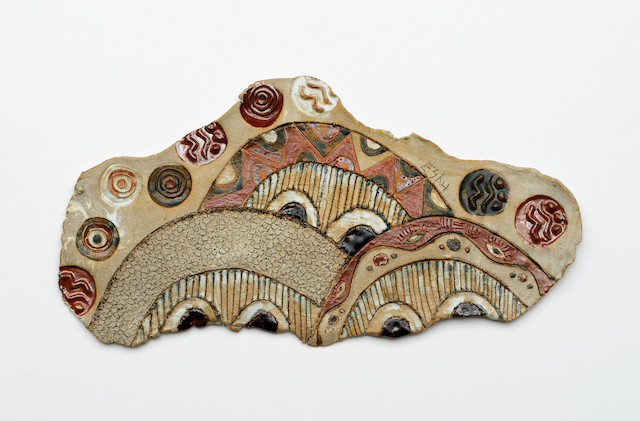
Power to the People Series, Hand-Painted Stoneware
5. Knowing it’s impossible to choose a favorite piece (it’s like having to choose a favorite child), what is one of your pieces that you absolutely love?
At this stage in my practice? I’m falling in love with ceramics and ceramic tiles. I’m working and experimenting with pieces that I think are possible prototypes for bigger sorts of public art. Other than that, the commissions that I’m working on are very exciting to me. They allow me to develop some things that I had not even thought about, because these are installations, and they’re larger than I’ve ever dealt with. When you’re painting on a surface that’s maybe 35 inches square, then that’s a whole other dynamic than when you’re thinking about, for example, a 50-foot wall,
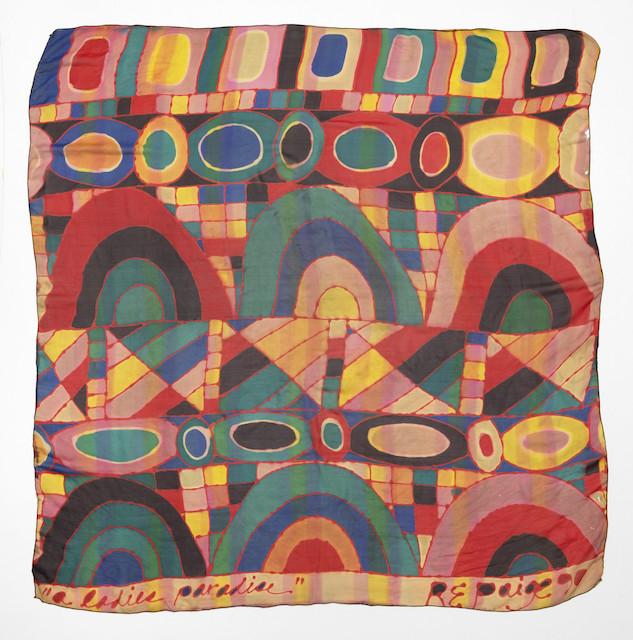
Universal Colours of Paige, Hand-Painted and Dyed Batik Crepe-de-Chine Silk
6. Do you have a favorite artist or one you find inspiring?
I come out of the pattern decorative feel. One of my favorites is an exemplary in the exhibition here in Hyde Park named Sonia Delaunay, who started as a painter. She had her 1st child and she took some scraps of fabric and made a quilt, which launched her fabric career.
Leading up to an exhibition I had in New York in 2022, I always considered myself a textile artist. But the curator Duro Olowu said to me, “Robert, you’re an artist and your medium has been textile.” So now, I’m taking that mantle, you know, and that’s why it’s important that I utilize my practice and my talent to kind of not stay in one lane.

Composition in Elementary, Wall Art Textile, Linen on Board
7. What is the toughest thing about being an artist, and what is the greatest aspect of it?
The thing that confronts most artists is money and space. It’s been a challenge to deal with these two things but the greatest thing about it is being able to wake up in the morning and know that I have something very important to do, which is being creative. That is a blessing.
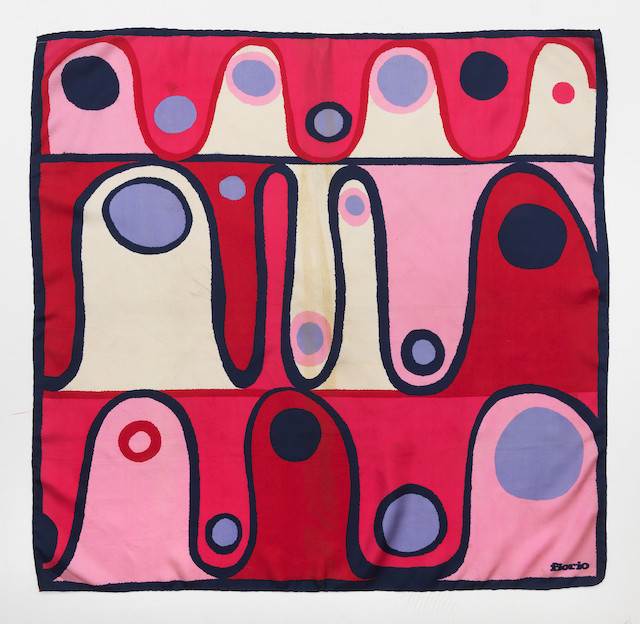
Homage to Milano, Scarf SilkScreen Print
8. If you weren’t an artist, what would you be instead?
If I worked another job, it would have to be in the arts, either visual or performing. Yesterday, I got to listening to Thelonious Monk, the American composer. And I was listening to him, and I said, “Oh shit! I wish I could play the piano!”
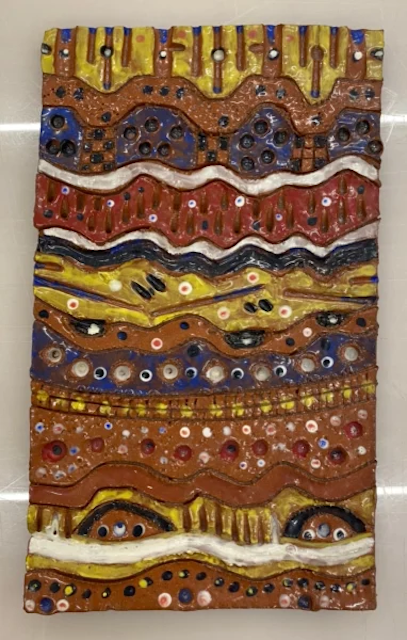
United Colours of Paige, Incised Hand-Painted and Glazed Ceramic Slab
9. What is your schedule as an artist… Do you work by day or night, or both, and do you work as long as you please or do you slate particular time frames for creating?
It really depends and differs from project to project. For example, we’re in the Hyde Park Art Center. I was an artist in residence there for 15 months. I said, the team here will have to kick me out of here to leave. I spent 35 hours per week here, meaning: I would arrive religiously at 8 am, and not leave until 4:30 pm. When you talk about artwork, it is work and I treat it as such. I treat it like a job.
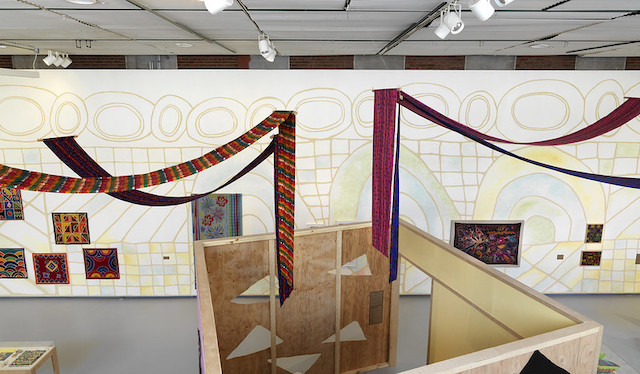
10. How do you market and promote your artwork or portfolio website?
I have an area of my exhibition called parapluie, which is French for umbrella. When I initially started, I was working at Skidmore, and I was hand-painting boutique scarves at night. Everyone at Skidmore knew I was doing this, and so I would have house sales and people would come, or I would be referred by someone else.
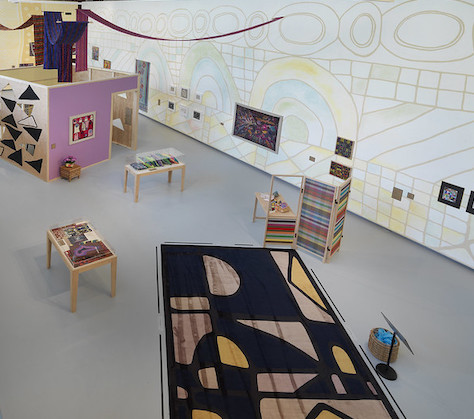
11. Is it sometimes tough to part with a piece you created because you put so much of yourself in it?
No, I believe in fair exchange. You see something you like and you buy it. Give me the money and pay my rent. I will not allow myself to get too attached for this reason. One of the other brujas for me is my friends that are painters that have these wonderful paintings on the wall, and they want to sell them for mega-bucks, but won’t take that same talent and apply it to other things that can make them some bread and butter. I do note cards. I do T-shirts. I do tote bags. I do anything that will turn a buck.
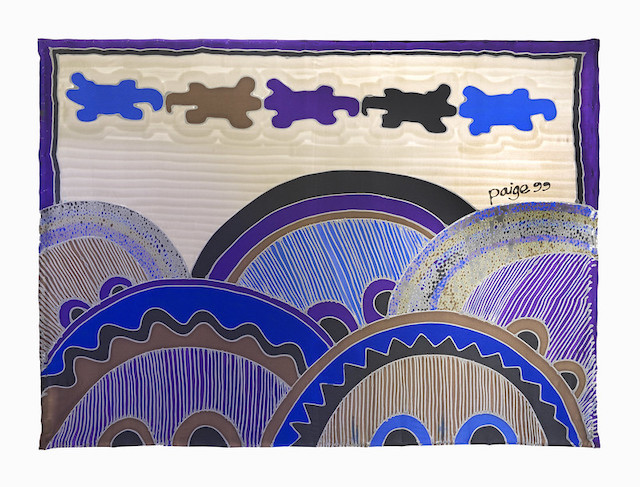
12. Do you gift loved ones and friends with art, or keep those realms separate and view it strictly as a business?
I’m very generous with my art. I find that it’s important to be. Quincy Jones talks about how it is important to be certain ways if you develop your art. The giving of the art or presenting of it as a gift in my life is very important. For example, when I discover someone is having a birthday, I will make a card, and everyone in the office would sign it. That’s my giving, I like to give.

13. Where can readers purchase your art?
There’s no place presently that my art can be purchased. The exhibition here has 50 artwork pieces and they’re not for sale. I’m working on a proposal for a large exhibit in New York City, and what is present here in the exhibit would not be possible if I had sold off my art.

14. How did your partnership with Art Design Chicago come to be?
The show, The United Colours of Robert Earl Paige, is getting all kinds of recognition. This show is possible due to the relationships that I formed with those responsible for the Art Design Chicago initiative.
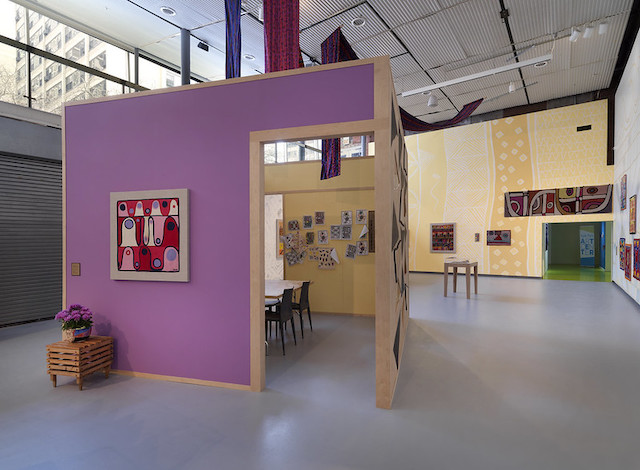
15. Is there anything that you want your readers in New York City to know why you are considering New York for your next potential exhibit?
As you and the audience know that New York is the capital of creativity. In 2022, I had an extremely successful exhibition that was next to the Guggenheim Museum at Salon 94. I know that New York City is a key place to promote artwork, and I would love to make a return soon. I will be one of the artists in the 2024 Design Triennial at Cooper Hewitt, Smithsonian Design Museum opening in November. Come see my big installation there.
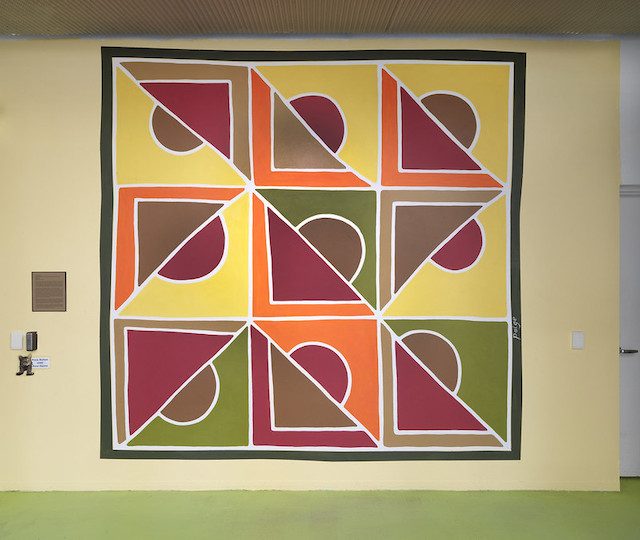
16. Do you have any insightful tips for emerging artists?
I follow the five C’s. Courage, commitment, consistency, confidence and curiosity equals creativity. You have to associate yourself with like-minded people, and just keep your head down and always try to get better.



